A QUINTA DO CAMPO ALEGRE
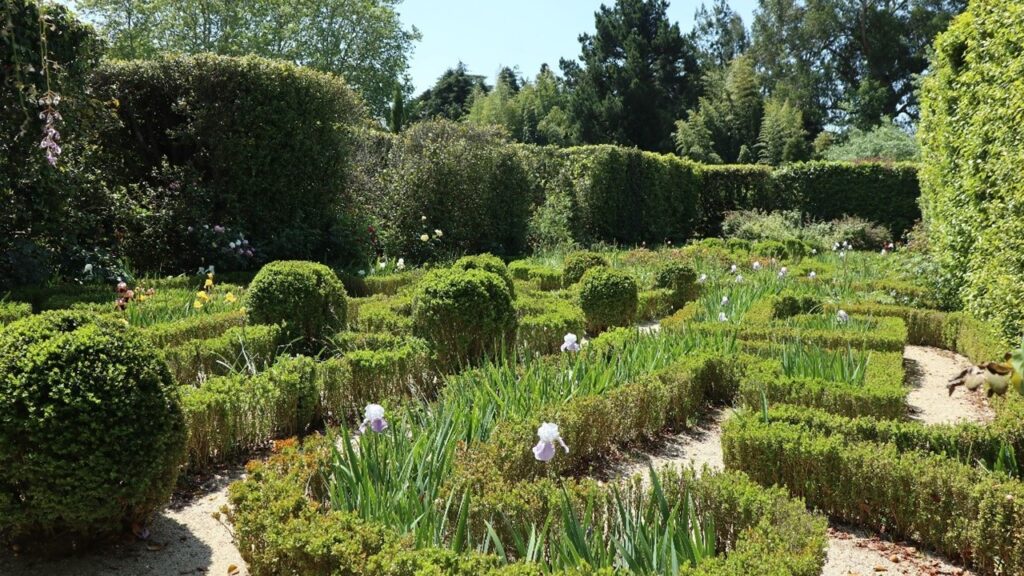
A Quinta do Campo Alegre (Quinta) foi propriedade da Ordem de Cristo, tendo sido comprada por João Salabert em 1802, que adquiriu vários terrenos adjacentes do antigo lugar de Barreiros, em Lordelo do Ouro, passando a ser conhecida como Quinta Grande do Salabert. Contudo, em 1817, João Salabert vê os seus bens confiscados pela suspeita de estar associado a ideias liberais e de conspiração contra o Estado. A Quinta é comprada em 1820 por João José da Costa e, mais tarde, em 1875, por João da Silva Monteiro, um “brasileiro de torna viagem”, que manda construir o palacete que hoje acolhe a Galeria da Biodiversidade, dando início à construção dos jardins envolventes, e uma estufa.
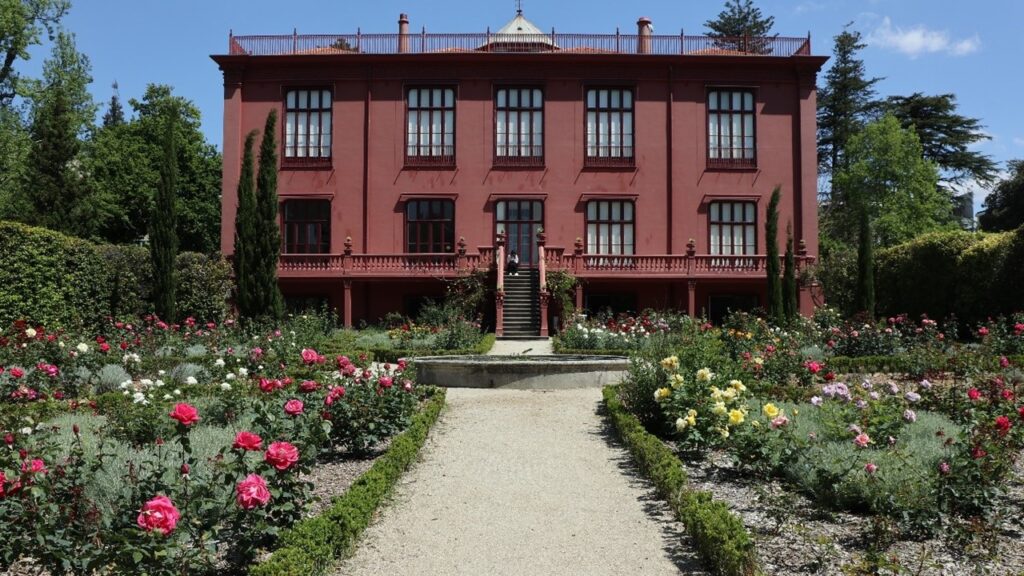
Em 1895, João Henrique Andresen e sua mulher, Joana Lehmann Andresen, adquirem a Quinta, levando a cabo algumas modificações, tanto nos jardins como no palacete (Casa Andresen), de entre as quais se destacam a instalação da varanda e escadaria em betão armado na fachada sul, a criação do Jardim dos Jotas, do Roseiral e do Court de Ténis (atualmente Jardim do Xisto). Estas obras tiveram o apoio e acompanhamento de António da Silva, um engenheiro responsável pelo desenho e construção de muitos palacetes da burguesia portuense. O Jardim dos Jotas e o Roseiral foram desenhados por Joana Lehmann Andresen, incluindo as sebes de camélias que os delimitam, que foram fornecidas por Alfredo Moreira da Silva, um importante horticultor e viveirista da cidade do Porto. João e Joana Andresen eram avós de Sophia de Mello Breyner Andresen e Ruben A., que passaram muitos momentos da sua infância nesta Quinta, usando-os como inspiração para algumas das suas obras.
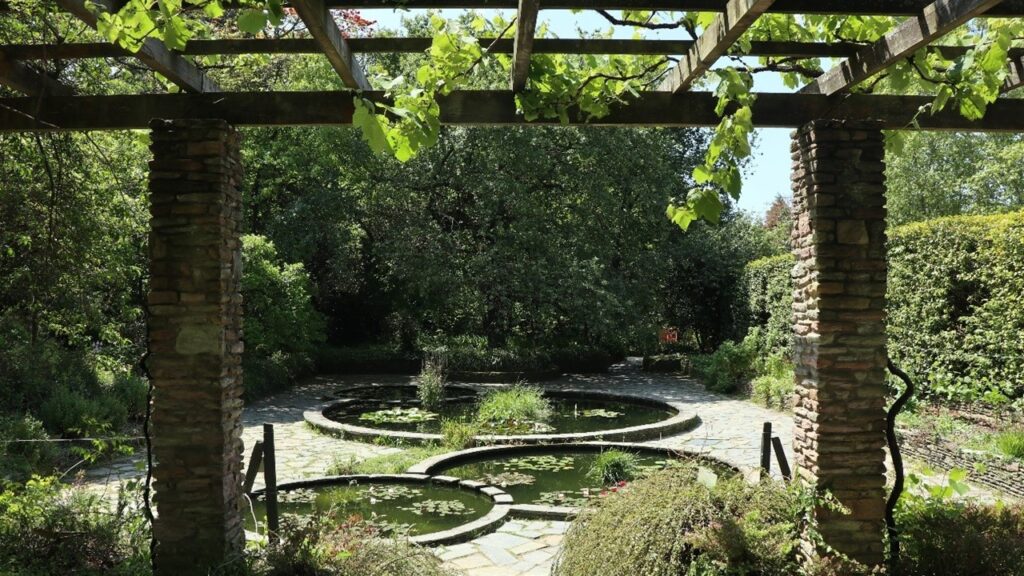
Em 1949, o Estado Português compra a propriedade e, em 1951, é aqui instalado o Jardim Botânico, sob a tutela da Faculdade de Ciências da Universidade do Porto. Entre 1952 e 1967, o arquiteto paisagista alemão Franz Karl Koepp elabora o plano de adaptação da quinta de recreio a Jardim Botânico de acesso público. Decorrente da construção da Ponte da Arrábida e dos seus acessos, na década de 60 do século XX, o Jardim Botânico vê a sua área reduzida de 12 hectares para 4 hectares.
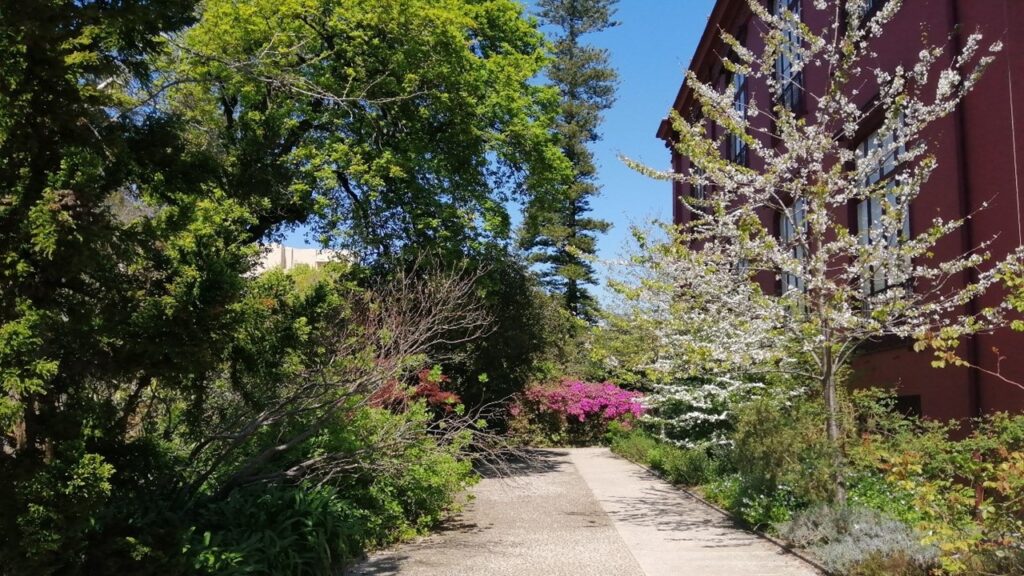
Entre 2005 e 2021, o Jardim foi alvo de obras de restauro e valorização de redes de caminhos, pavimentos, redes de rega, de drenagem e de eletricidade, tendo-se procedido à recuperação dos bancos e pérgulas. A Casa Andresen (onde se encontra instalada a Galeria da Biodiversidade), a Casa Salabert (onde se encontra instalado o E-Learning Café), as estufas e os seus espaços envolventes foram alvo de obras de restauro e adaptação a novas funções. Em 2010, o Jardim Botânico passa a estar sob a tutela do Museu de História Natural e da Ciência da Universidade do Porto, sendo, depois, em 2015 integrado como um dos polos do Museu de História Natural e da Ciência da Universidade do Porto. Por sua vez, em 2017, é inaugurada a Galeria da Biodiversidade. Em 2020, o Jardim Botânico foi reconhecido como “International Camellia Garden of Excellence” pela International Camellia Society. Anualmente, desde 2019, o Jardim Botânico recebe o galardão “Green Flag Award”. Este título atribuído pela Keep Britain Tidy reconhece o valor, estado de conservação e qualidade do plano de manutenção do Jardim.

Quinta do Campo Alegre (Quinta) was the property of the Order of Christ and was bought by João Salabert in 1802, who acquired several adjoining plots of land from the former site of Barreiros, in Lordelo do Ouro, becoming known as Quinta Grande do Salabert. In 1817, João Salabert had his property confiscated on suspicion of being associated with liberal ideas and conspiracy against the state. The Quinta was bought in 1820 by João José da Costa and, in 1875, by João da Silva Monteiro, who had the palace built, and started the surrounding gardens and a greenhouse.
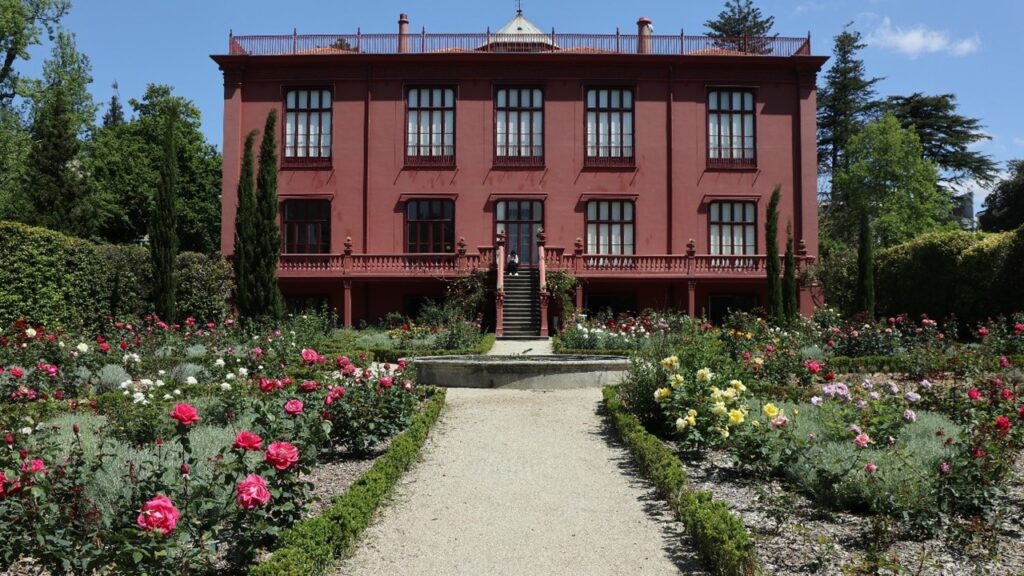
In 1895, João Henrique Andresen and his wife, Joana Lehmann Andresen, acquired the Quinta and carried out a number of changes to both the gardens and the house, including the installation of the reinforced concrete balcony and staircase on the south façade, the creation of the Garden of Jotas, the Rose Garden and the Tennis Court (now the Schist Garden). These works were supported and monitored by António da Silva, an engineer responsible for the design and construction of many palaces for the Porto bourgeoisie, and the author of the balcony and staircase on the south façade. The Garden of Jotas and the Rose Garden were designed by Joana Lehmann Andresen, including the camellia hedges that border them, which were supplied by Alfredo Moreira da Silva, an important horticulturist and nurseryman from the city of Porto. João and Joana Andresen were the grandparents of Sophia de Mello Breyner Andresen and Ruben Andresen Leitão, who spent many of their childhoods on this estate and later used it as inspiration for some of their works.
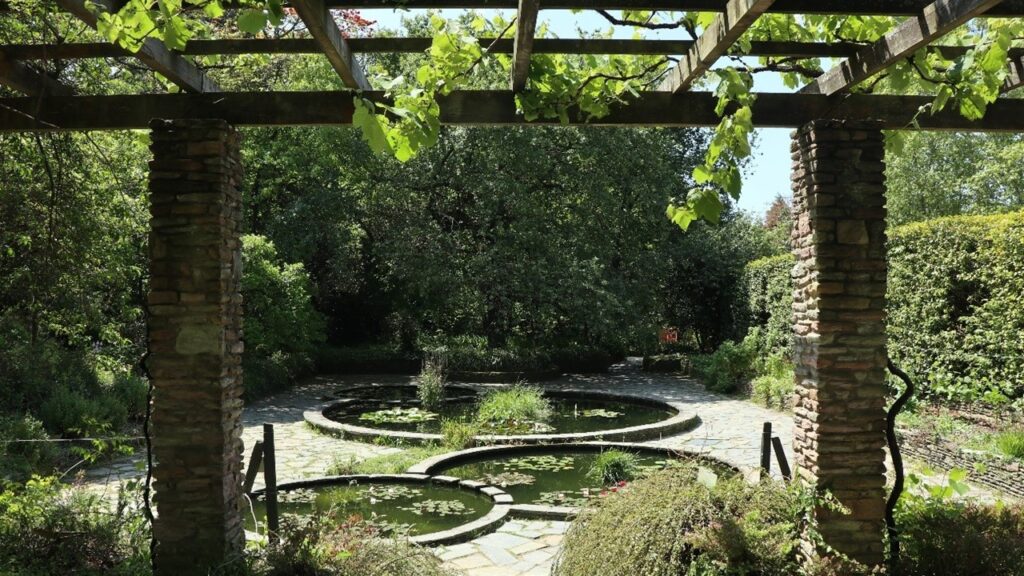
In 1949, the Portuguese state bought the property and, in 1951, the Botanical Garden was set up under management by the Faculty of Sciences of the University of Porto. Between 1952 and 1967, German landscape architect Franz Karl Koepp drew up a plan to adapt the pleasure farm into a Botanical Garden for public use. In the 1960s, due to the construction of the Arrábida Bridge and its accesses, the Botanical Garden saw its area reduced from 12 hectares to 4 hectares.
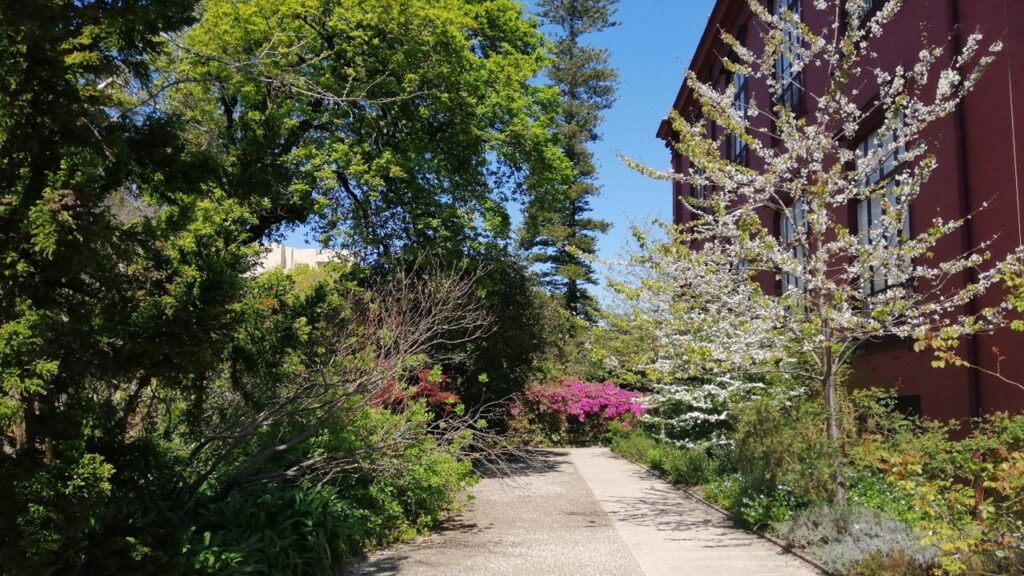
Between 2005 and 2021, the garden underwent restoration and enhancement work on the paths, paving, irrigation network, drainage network, electricity network and also the benches and pergolas. The Andresen House, the Salabert House, the greenhouses and their surrounding areas were restored and adapted to new functions. In 2010, the Botanical Garden was integrated in the Natural History Museum of the University of Porto and in 2015 became a pole of the Natural History and Science Museum of the University of Porto. In 2017, the Hall of Biodiversity – Ciência Viva Center wopened to the public. In 2020, the Botanical Garden was recognized as an “International Camellia Garden of Excellence” by the International Camellia Society. Every year since 2019, the Botanical Garden has received the “Green Flag Award”. This title awarded by Keep Britain Tidy recognizes the value, conservation and quality of the Garden’s maintenance plan.

